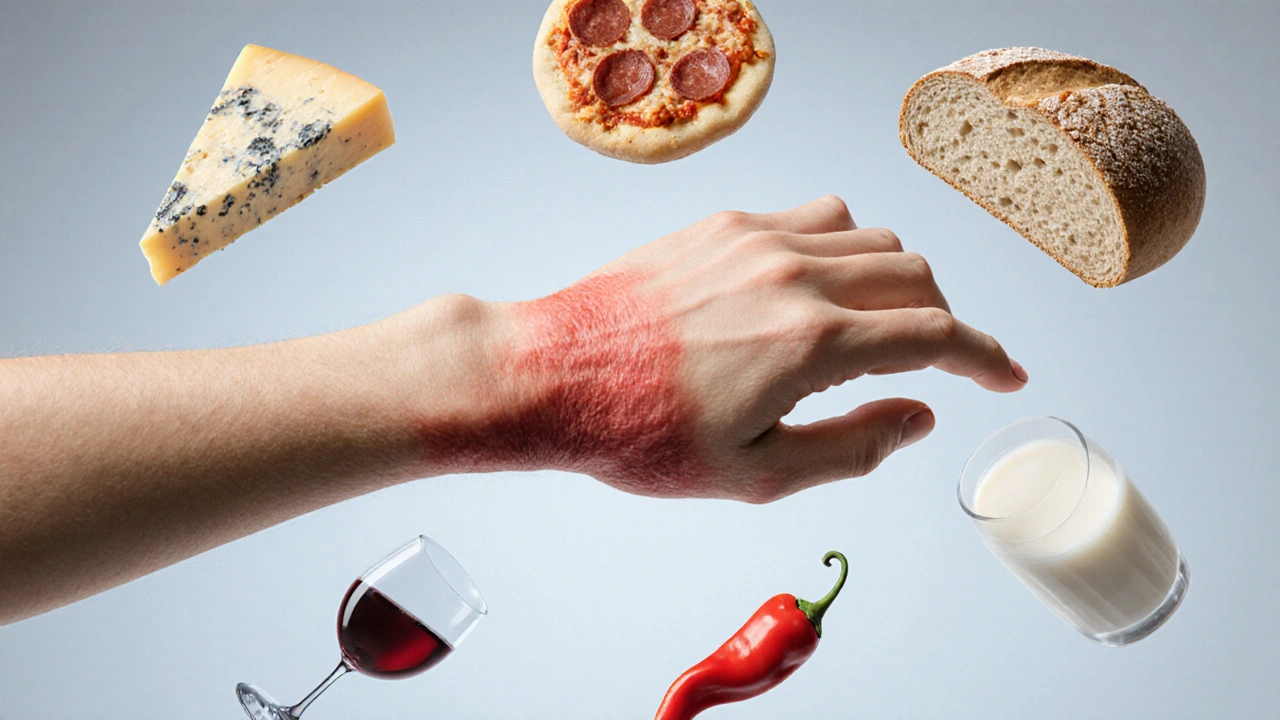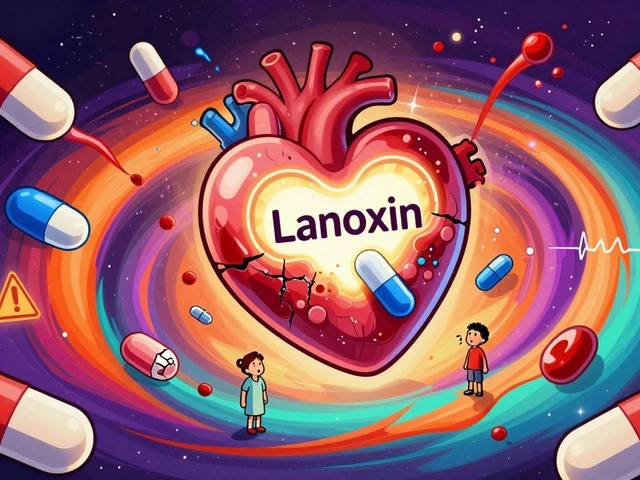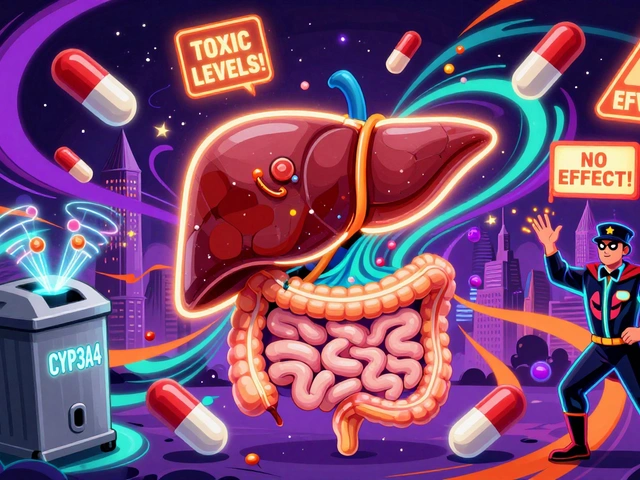Foods That Cause Itching – Common Triggers & How to Identify Them
When working with foods that cause itching, any edible items that can provoke an itchy skin response, ranging from mild irritation to full‑blown hives. Also known as pruritic foods, they often hide in everyday meals and can catch you off guard. Understanding why they trigger itching helps you dodge discomfort and keep your skin calm.
Why Some Foods Make Your Skin Itch
One major player is histamine intolerance, a condition where the body can’t break down histamine from foods, leading to flushing, hives, and that dreaded itch. People with low DAO enzyme activity often react to aged cheeses, fermented drinks, and cured meats. The extra histamine acts like a tiny alarm, telling blood vessels to open up and nerves to fire, which shows up as an itchy rash.
Another big culprit is shellfish allergy, an immune response to proteins like tropomyosin found in shrimp, crab, and lobster. Even a tiny bite can launch an IgE‑mediated cascade, releasing histamine and other chemicals that make the skin crawl. It’s not just the shellfish itself; cross‑reactivity with dust mites or cockroach allergens can amplify the itch.
Don’t overlook nut allergy, a reaction to proteins in peanuts, almonds, walnuts, and similar seeds that often presents as itching, swelling, or hives. Many people mistake the itch for a simple irritation, but it can signal a more serious systemic response. The good news is that once you identify the nut, avoidance is straightforward.
Food additives also sneak into processed snacks and can trigger itching in sensitive folks. Things like sulfites, benzoates, and MSG act as hidden irritants, especially for people with underlying sensitivities. While they’re safe for most, a subset experiences contact dermatitis‑like symptoms after a few bites of a flavored chip or a canned soup.
Now that you know the main players, let’s talk strategy. Start a food‑symptom diary: note every meal, snack, and skin reaction. Over a few weeks you’ll spot patterns—maybe the itch flares after a wine glass, or a handful of almonds sets off a rash. Pair this with a simple scratch test at your doctor’s office to confirm allergies. If histamine intolerance is suspected, a low‑histamine diet for two weeks can reveal a lot. Cut out aged cheese, fermented drinks, and cured meats, then re‑introduce them one at a time while watching your skin.
Armed with those insights, you’ll find the collection below worth your time. We’ve gathered articles that break down each trigger in detail, offer step‑by‑step elimination plans, and provide tips on reading labels to dodge hidden additives. Whether you’re dealing with a specific allergy or a broader intolerance, the posts will give you actionable advice to keep itching at bay.
How Diet Impacts Skin Itching: Foods to Avoid and Foods to Embrace
Learn how diet influences skin itching, discover foods that trigger itch and those that soothe it, and get a practical meal plan and checklist for lasting relief.





